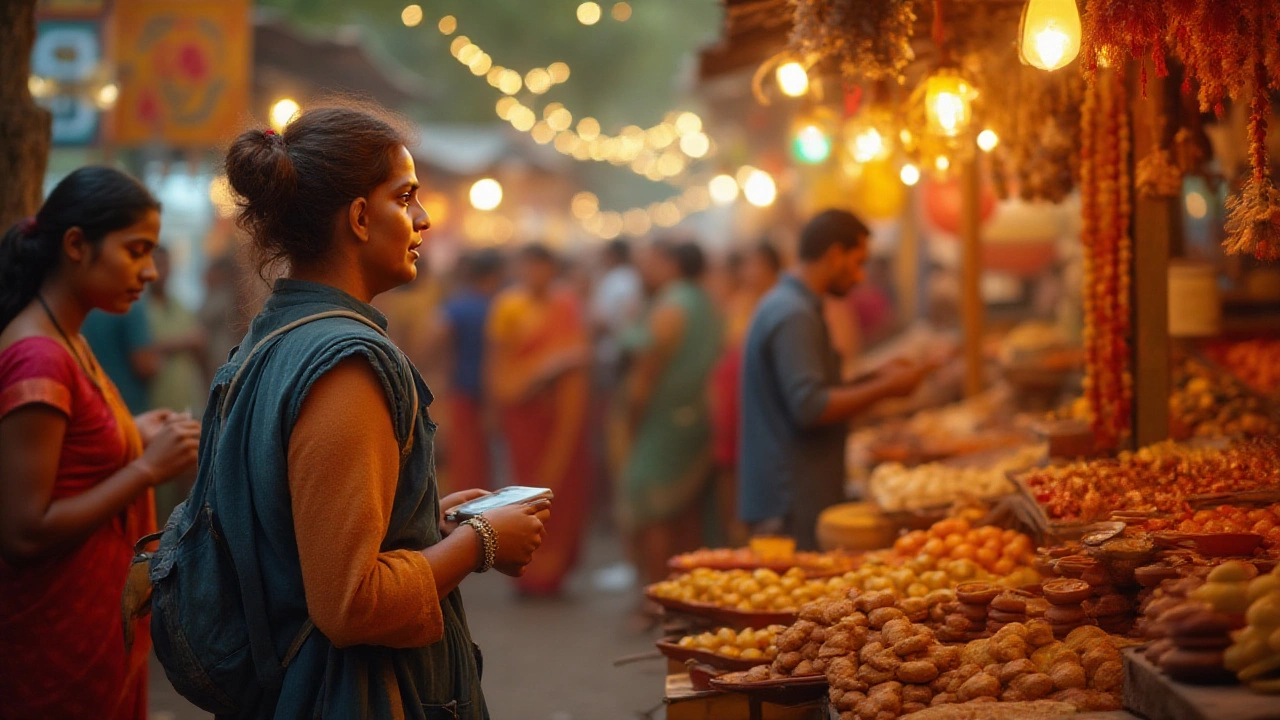SEARCH
Travel Health in India: Simple Tips to Stay Fresh and Safe
If you’re heading to India, a little health prep goes a long way. You don’t need a medical degree—just a few smart habits to dodge common hiccups. Below are the most useful things you can pack in your brain before you board.
Vaccinations and Basic Prep
First stop: the clinic. Talk to a travel‑medicine doctor about shots for Hepatitis A, Typhoid, and Tetanus. If you plan to visit the Himalayas, ask about the Japanese Encephalitis vaccine. Most of these are single doses and give you solid protection for months, so get them at least two weeks before you leave.
Don’t forget a basic first‑aid kit. Include band‑aids, antiseptic wipes, pain relievers, anti‑diarrheal pills, and any prescription meds you need. A small bottle of oral rehydration salts can save you from a bad stomach bug.
Food, Water, and Street Snacks
Indian street food is legendary, but it can be a gamble for an unsettled stomach. Stick to stalls where you see food being cooked fresh in front of you. Hot oil, boiling water, and high heat kill most germs.
Drink only bottled or filtered water. If you’re unsure about the seal on a bottle, bring a portable UV purifier or use chlorine tablets. Avoid ice unless you’re 100% sure it’s made from safe water.
When in doubt, choose cooked vegetables, fresh fruit you can peel, and dairy that’s been boiled. Yogurt and paneer are usually safe because they’re cooked or cultured.
Altitude, Climate, and Mosquitoes
Heading to high‑altitude places like Leh or Darjeeling? Take it slow for the first 24‑48 hours. Hydrate well and consider a short course of Acetazolamide if you’ve experienced altitude sickness before.
India’s climate ranges from hot deserts to humid coasts. Dress in layers, wear a hat, and apply sunscreen with at least SPF 30 daily. In the monsoon months, carry a waterproof jacket and keep your electronics in zip‑lock bags.
Malaria is a risk in many tropical regions, especially the northeast and parts of the south. Use insect repellent with DEET, wear long sleeves after dusk, and sleep under a mosquito net when the accommodation doesn’t provide one. Talk to your doctor about prophylactic tablets if you’ll be in high‑risk zones for more than a week.
Emergency Contacts and Travel Insurance
Save the number for India’s emergency services: 112. It works nationwide for police, ambulance, and fire. For medical help, many hospitals have English‑speaking staff, but it helps to know the nearest big‑city hospital to your route.
Travel insurance that covers hospital stays and medical evacuation is a must. Read the policy fine print—some plans exclude pre‑existing conditions or certain regions. Keep a digital copy of your policy on your phone.
Finally, trust your gut. If a place feels unsafe, move on. Health isn’t just about pills; it’s about feeling comfortable and confident in the choices you make.
With these easy steps, you’ll be ready to enjoy India’s incredible sights, flavors, and people without a health scare looming over your adventure.

What to Eat in India: Tips for Staying Healthy on Your Trip
Worried about getting sick from food while travelling in India? Find out exactly what to eat, what to avoid, and how to enjoy the best Indian flavors without ruining your trip.
Continue reading